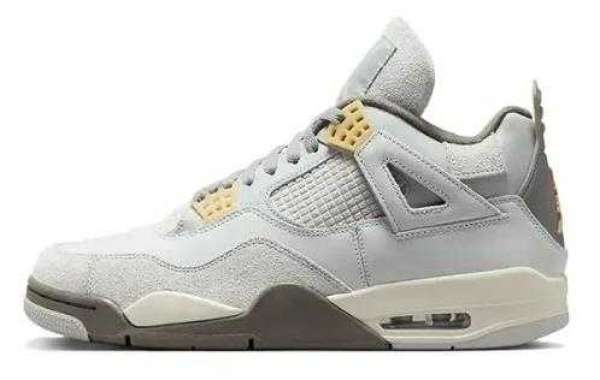Acne scars on the face or other visible body parts can make people feel worried or self-conscious about their appearance, which is why they may seek out aesthetic dermatologist procedures to remove acne scars. For acne scar treatment in Gurgaon, see Dr. Niti Gaur at Citrine Clinic.
What Causes Acne Scarring?
What is pitting acne scarring?
Pitted acne scarring can arise from inflamed blemishes or acne such as cysts, papules, and pustules. This is because cysts originate on the skin's bottom layers, and when the cyst heals, it creates a space between the skin's layers. The skin's higher layers sink to cover the space, resulting in a pitted, dimpled look.
Different types of pitting acne scarring
If you have thin skin, you may be more prone to pitting acne scars. Low collagen levels (as seen in aging or sun-damaged skin), over-exfoliation, or heredity can all contribute to this. Some examples of pitting acne scars are:
- Box scars are steep spherical scars that mimic the scars created by chicken pox.
- Rolling scars are large, shallow undulations in the skin caused by surface injury.
- Ice pick scars are deep, thin scars that might seem like huge open pores.
What causes dark scars or pigmented acne scarring?
A deposit of melanin in the skin causes post-inflammatory hyperpigmentation or dark markings (also known as macular scars) to form after acne has healed. They aren't strictly ' scars' because they aren't generally permanent, but they can take months or even years to go away without treatment.
Post-inflammatory hyperpigmentation is more common in those with darker skin tones.
Treatment Options offered at Citrine Clinic:
Subcision
A tri-beveled hypodermic needle is placed into the acne scar via a puncture in the skin's surface, and its sharp edges are pushed creatively or gently under the defect to generate subcuticular incisions. It's utilized to cut the fibrotic threads that connect acne scars to the underlying subcutaneous tissue.
Chemical Peel
Chemical peeling is the use of chemicals to exfoliate the skin, removing the top afflicted, old skin layer and revealing the healthy, clean, smooth skin beneath, which has fewer scars. Glycolic acid, salicylic acid, resorcinol, Jessner's solution, and trichloroacetic acid are the most often used chemical peels to treat acne scars.
Laser skin resurfacing
In this technique, either ablative or non-ablative lasers are utilized to resurface the skin by delivering heat energy to the damaged collagen beneath the skin with or without damaging the superficial skin. Using the body's wound-healing response, the treatment encourages healthy collagen synthesis and fosters the generation of new, healthy skin to replace acne scars.
It is used to improve the appearance and texture of raised acne scars. Some of the most common lasers used to treat acne scars include carbon dioxide lasers, erbium YAG lasers, and pulsed-dye lasers.
If someone is looking for acne scar treatment, visit the Citrine Clinic. Get a consultation with Dr. Niti Gaur, the best skin specialist in Gurgaon. She is extremely passionate about her work.
Book an appointment now.










